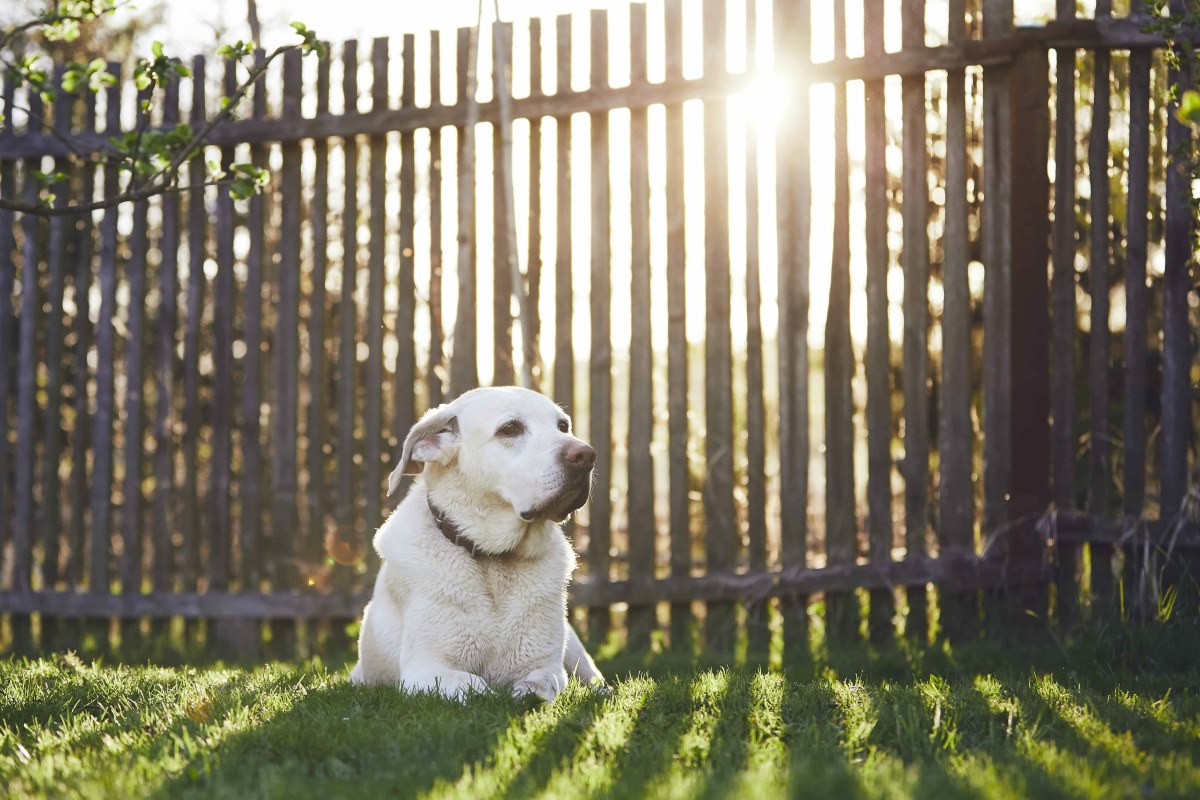

Articles
How To Make A Fence Taller For Dogs
Modified: October 19, 2024
Discover effective tips and techniques in these informative articles on how to make a fence taller for dogs. Enhance the safety and security of your furry companions today!
(Many of the links in this article redirect to a specific reviewed product. Your purchase of these products through affiliate links helps to generate commission for Storables.com, at no extra cost. Learn more)
Introduction: Importance of a Taller Fence for Dogs
As dog owners, we understand the importance of providing a safe and secure outdoor environment for our furry friends. A properly fenced yard ensures that our dogs can roam freely without the risk of getting lost or encountering potential dangers. While traditional fences offer some level of containment, they may not always be sufficient, especially for larger or more determined dogs.
Regular fences, typically designed for privacy or aesthetic purposes, are usually not designed with the specific needs of dogs in mind. They are often too low, allowing agile dogs to jump over, or they may have gaps that small dogs can easily slip through. This can lead to stressful situations, such as escape attempts, neighborhood disputes, or even potential accidents.
To address these concerns, dog owners should consider making their fences taller or adding extensions to ensure the safety and containment of their beloved pets.
In this article, we will discuss various techniques and options for making a fence taller specifically to cater to the needs of our furry companions.
Key Takeaways:
- Ensure your dog’s safety and containment by extending your fence using DIY methods like lattice or trellis, additional fence panels, or bamboo screening. Consider structural integrity, aesthetics, and maintenance when choosing the right extension.
- Explore alternative dog containment solutions such as outdoor enclosures, invisible fences, or training modifications. Hiring professional fencing contractors can provide expertise and ensure a hassle-free installation for a secure outdoor space.
Read more: How To Make A Privacy Fence Taller
Assessing Your Current Fence
Before you begin the process of making your fence taller, it’s important to assess your current fence to determine its height and identify any gaps or openings that may need to be addressed. This will help you determine the best approach for extending your fence and ensure the effectiveness of the modifications.
The first step in assessing your current fence is measuring its height. Use a measuring tape or a ruler to determine the exact height of your fence. Record the measurement, as this will be essential in deciding how much taller you want to make it.
Next, evaluate the gaps or openings in the fence. Look for any areas where your dog could potentially squeeze through or escape. These openings could be located at the bottom of the fence, between fence panels, or at the top. Take note of the width and height of these gaps, as this will help you choose the appropriate materials to fill them.
By assessing your current fence, you will have a clear understanding of its limitations and can proceed with confidence in finding the best solutions to make it taller and more secure for your dog.
Legal Considerations
When planning to make your fence taller, it’s essential to consider the legal aspects associated with fence modifications. Depending on your location, there may be specific ordinances and regulations that govern fence height and construction. It’s important to abide by these rules to avoid any potential legal issues.
The first step is to check local ordinances and regulations regarding fence height. Different municipalities may have different restrictions on how tall a fence can be. It’s crucial to research and understand these guidelines to ensure compliance. You can usually find this information on your local government’s website or by contacting the appropriate department.
In some cases, obtaining permits may be necessary for fence extensions. Certain jurisdictions require homeowners to acquire permits for any modifications to their fences. This is particularly true if the fence height exceeds the standard limit or if structural changes are being made. Contact your local building or zoning department to determine if you need to obtain permits for your project.
By checking local ordinances and obtaining any necessary permits, you can proceed with the peace of mind that you are abiding by the law and ensuring a hassle-free process for making your fence taller.
Material Options for Extending a Fence
When it comes to extending your fence, there are several material options you can choose from depending on your preferences, budget, and the overall look you want to achieve. Here are three popular options for making your fence taller:
1. Wood Fence Extensions:
Wood fence extensions are a classic choice for adding height to your existing fence. You can use additional wooden boards or lattice panels to extend the height of the fence. This option not only increases the privacy and security of your yard but also provides a natural and aesthetic appeal. Make sure to choose treated lumber or weather-resistant wood to ensure durability and longevity.
Read more: How To Make A Dresser Taller
2. PVC or Vinyl Fence Extensions:
PVC or vinyl fence extensions are another popular choice. These lightweight and low-maintenance materials are easy to install and can be attached directly to your existing fence. PVC or vinyl panels are available in various styles and colors, allowing you to match the existing fence or create an attractive contrast. They are resistant to rot, insects, and harsh weather conditions, making them a durable option for extending your fence.
3. Mesh or Wire Fence Toppers:
If you’re looking for a more budget-friendly and functional option, mesh or wire fence toppers can do the trick. These toppers are typically made of galvanized steel or mesh material and are designed to be attached to the top of your existing fence. They provide an extra layer of height without obstructing the view. Mesh or wire fence toppers are ideal for keeping small dogs contained and preventing them from jumping over the fence.
When choosing the material for extending your fence, consider factors such as durability, maintenance requirements, and aesthetics to find the option that best suits your needs and preferences.
DIY Fence Extension Techniques
If you’re a handy homeowner and want to take a do-it-yourself approach to make your fence taller, there are several techniques you can try. Here are three DIY fence extension methods that you can consider:
1. Adding Lattice or Trellis to the Top of the Fence:
One simple and aesthetically pleasing way to extend your fence height is by adding lattice or trellis to the top of the existing fence. These decorative frameworks are readily available at home improvement stores and can be easily attached to most types of fences. Lattice or trellis panels can provide additional privacy, allow climbing plants to grow, and give a charming look to your fence.
Read more: How To Dog Proof A Fence
2. Installing Additional Fence Panels or Posts:
If your existing fence has enough structural stability, you can consider adding more fence panels or posts to increase its height. This method involves attaching new panels or posts to the existing ones, ensuring a secure connection. Make sure to use weather-resistant materials and follow proper installation techniques to maintain the integrity of the fence. This method is effective for extending wooden and chain-link fences.
3. Creating a Visual Barrier with Bamboo or Reed Screening:
For a more natural and eco-friendly solution, consider creating a visual barrier using bamboo or reed screening. These materials come in rolls and can be easily attached to your fence using zip ties or clips. Bamboo or reed screening not only adds height but also provides shade, wind protection, and a tropical aesthetic to your outdoor space. It’s an excellent option for individuals looking for a more sustainable and organic fence extension technique.
Before starting any DIY fence extension project, ensure you have the necessary tools, materials, and knowledge to complete the task safely and effectively. Assess the condition of your existing fence and choose the technique that best suits your style preferences and functional requirements.
Factors to Consider Before Extending Your Fence
Before you dive into extending your fence, there are several important factors to consider. Taking these factors into account will help you make an informed decision and ensure that the extension meets your needs and preferences. Here are three key factors to consider before extending your fence:
1. Structural Stability and Integrity of the Existing Fence:
Assess the structural stability and integrity of your current fence before extending it. Check for any signs of damage, rot, or decay that could compromise the overall strength of the fence. It’s crucial to address any structural issues before adding an extension to avoid safety hazards. If the existing fence is in poor condition, it may be more practical to replace it entirely rather than extend it.
Read more: How To Make A Lamp Taller
2. Compatibility of the Extension with the Overall Aesthetics of Your Yard:
Consider how the fence extension will blend with the overall aesthetics of your yard. Different materials and designs can have a significant impact on the visual appeal of your outdoor space. Choose an extension option that complements the style and design of your existing fence and the overall theme of your yard. This will create a cohesive and visually pleasing appearance.
3. Maintenance Requirements and Longevity of Different Extension Materials:
Think about the long-term maintenance and durability of the extension materials. Some materials may require more upkeep, such as painting or staining, while others may be more resistant to weathering and require minimal maintenance. Consider the lifespan of different extension materials and choose one that aligns with your maintenance preferences and budget. Opting for high-quality and durable materials will ensure that your extended fence remains sturdy and visually appealing for years to come.
By carefully considering these factors, you can make an informed decision about extending your fence that takes into account the structural integrity, aesthetics, and maintenance aspects, resulting in a successful and satisfactory outcome.
Hiring Professionals for Fence Extension
While some homeowners may choose to take the DIY route for fence extension projects, hiring a professional fencing contractor offers several advantages. Here are three key benefits of hiring professionals for your fence extension:
1. Benefits of Hiring a Professional Fencing Contractor:
Professional fencing contractors have the expertise and experience to handle fence extension projects efficiently and effectively. They have the necessary tools, knowledge, and skills to ensure a high-quality and properly installed fence extension. They can also provide valuable advice and recommendations based on your specific needs and requirements, ensuring that the extension meets both functional and aesthetic goals. Additionally, professional contractors are familiar with local building codes and regulations to ensure compliance and avoid potential legal issues.
Read more: How To Make A Ladder Taller
2. Finding Reputable Contractors in Your Area:
When hiring a professional fencing contractor, it’s essential to find reputable and reliable professionals in your area. Seek recommendations from friends, family, or neighbors who have had successful fence extension projects. Online review platforms and local directories can also provide valuable insights into the reputation and reliability of different contractors. Take the time to research and read reviews to find contractors with a proven track record of delivering quality workmanship and excellent customer service.
3. Cost Considerations and Getting Multiple Quotes:
Before hiring a professional fencing contractor, it’s important to consider the cost implications of the project. Compare quotes from multiple contractors to ensure you are getting a fair price for the services provided. Keep in mind that the cheapest option may not always be the best choice, as quality and reliability should also be factored into the decision-making process. When obtaining quotes, ask about any warranties or guarantees offered by the contractors to ensure peace of mind.
By hiring a professional fencing contractor, you can benefit from their expertise, ensure a high-quality installation, and have the convenience of having the project handled by experienced professionals. Taking the time to find reputable contractors and consider cost factors will ultimately result in a successful fence extension that meets your needs and exceeds your expectations.
Alternative Solutions for Dog Containment
While extending your fence is a common solution for containing dogs, there are alternative options that can provide effective dog confinement. Here are three alternative solutions for dog containment:
1. Outdoor Dog Enclosures or Kennels:
An outdoor dog enclosure or kennel can provide a dedicated space for your dog to safely roam and play. These enclosures are typically larger than a traditional fence and are built with sturdy materials to ensure security. They can be made of chain-link panels or modular systems that can be easily assembled. Outdoor dog enclosures are a great option for homeowners who have limited fence height options or for those who want to provide a designated area for their dogs to enjoy outdoor time.
Read more: How To Make A Bathtub Taller
2. Invisible Fences or Electric Dog Fences:
Invisible fences, also known as electric dog fences, use a combination of underground wiring and training collars to create a virtual boundary for your dog. When your dog approaches the boundary, the collar emits a warning tone or a mild electric stimulation to deter them from crossing. Invisible fences can be an effective solution for dogs that are responsive to training and can respect boundaries. However, it’s important to note that invisible fences may not be suitable for all dogs, especially those with a high prey drive or strong instincts to escape.
3. Training and Behavioral Modifications for Dogs:
Another alternative to physical containment methods is training and behavioral modifications for dogs. By investing time and effort into training your dog, you can teach them to stay within the boundaries of your property without the need for physical barriers. Training techniques such as boundary training, recall training, and positive reinforcement can help establish boundaries and reinforce good behavior. It’s important to consult with a professional dog trainer or behaviorist to develop a training plan that suits your dog’s needs and addresses any specific behavioral challenges.
When considering alternative solutions for dog containment, carefully assess your dog’s behavior, needs, and training capabilities. Each solution has its own benefits and drawbacks, so it’s important to choose the one that best suits your specific circumstances and provides a safe and secure environment for your furry friend.
Conclusion
In conclusion, ensuring a taller fence for your dogs is crucial for their safety and containment. Regular fences may not always be sufficient, especially for larger or more determined dogs. By extending the height of your fence, you can provide a secure outdoor environment where your furry friends can freely roam without the risk of escaping or encountering potential dangers.
We have discussed various options and techniques for making your fence taller. Adding lattice or trellis, installing additional fence panels or posts, and using materials like bamboo or reed screening are some of the DIY methods you can explore. Additionally, there are material options such as wood fence extensions, PVC or vinyl fence extensions, and mesh or wire fence toppers that provide different benefits and aesthetics.
It’s important to consider several factors before extending your fence. Assess the structural stability and integrity of your existing fence, ensuring it can support the extension. Consider the compatibility of the extension with the overall aesthetics of your yard to maintain a cohesive look. And think about the maintenance requirements and longevity of different extension materials to make an informed decision.
Alternatively, you can explore alternative solutions for dog containment, such as outdoor dog enclosures or kennels, invisible fences or electric dog fences, or training and behavioral modifications for your dogs. Each of these alternatives offers unique benefits and can be tailored to your specific needs and circumstances.
In making your decision, consider the needs and behavior of your dogs, as well as your budget and personal preferences. Hiring a professional fencing contractor can also provide expertise and ensure a high-quality installation if you prefer a hassle-free approach.
In the end, the best solution for making your fence taller will depend on factors like your dog’s behavior, the limitations of your current fence, and your desired aesthetics. Choose an option that provides the desired height, security, and functionality while considering the overall look and feel of your yard.
By taking the time to assess your current fence, understand the available options, and make an informed decision, you can create a safe and secure outdoor space for your dogs to enjoy while bringing peace of mind to you as a pet owner.
Frequently Asked Questions about How To Make A Fence Taller For Dogs
Was this page helpful?
At Storables.com, we guarantee accurate and reliable information. Our content, validated by Expert Board Contributors, is crafted following stringent Editorial Policies. We're committed to providing you with well-researched, expert-backed insights for all your informational needs.
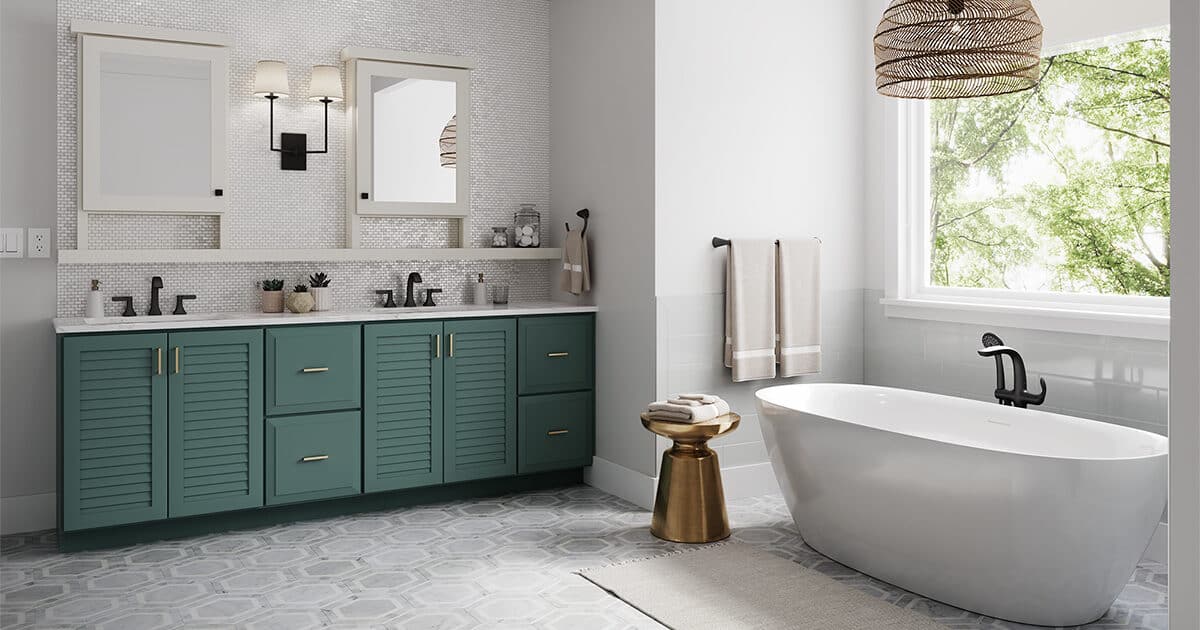
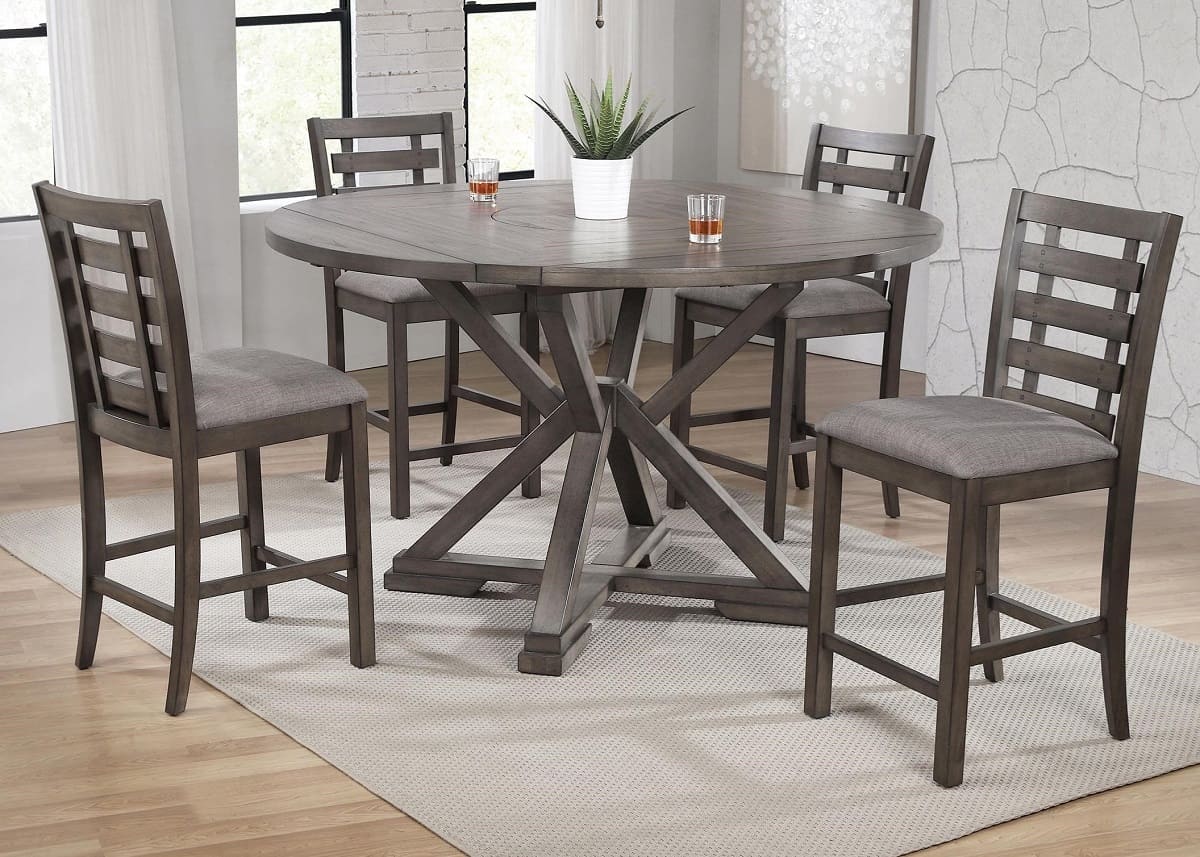
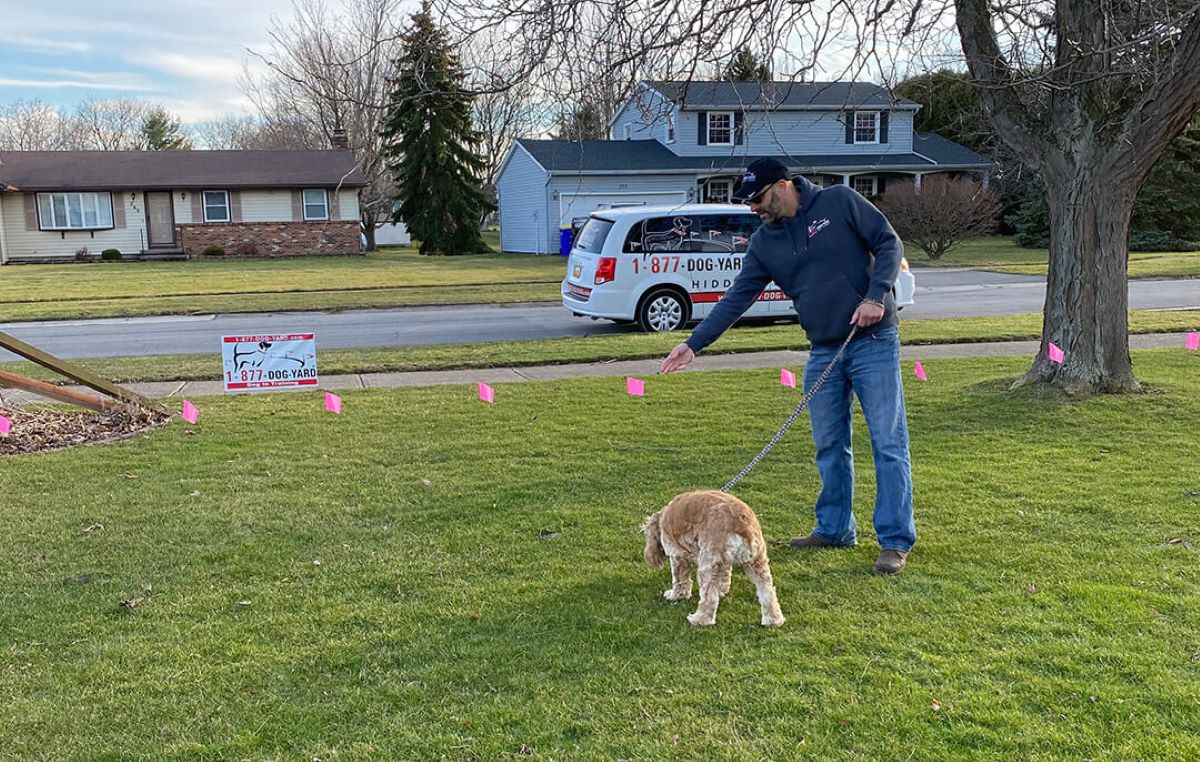

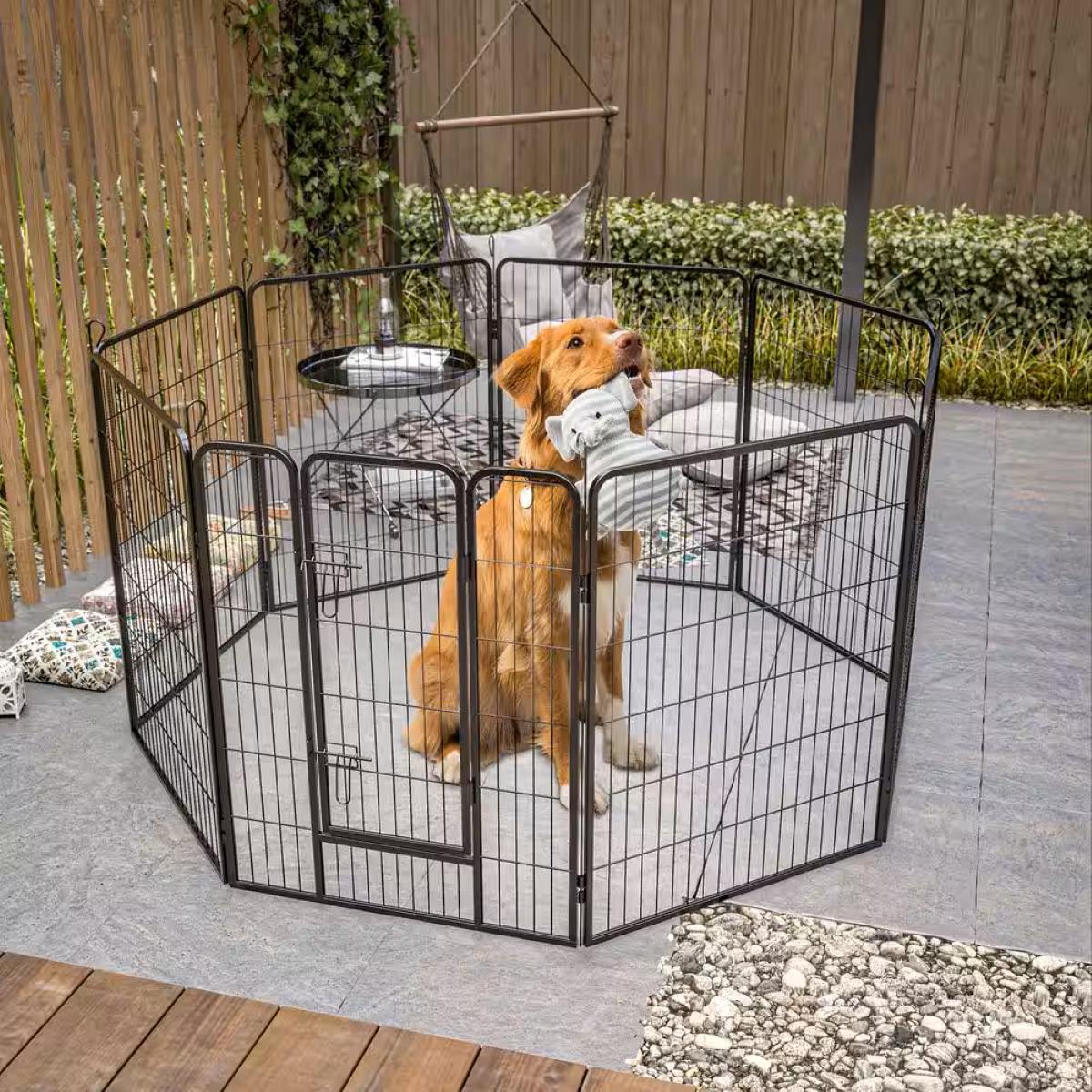
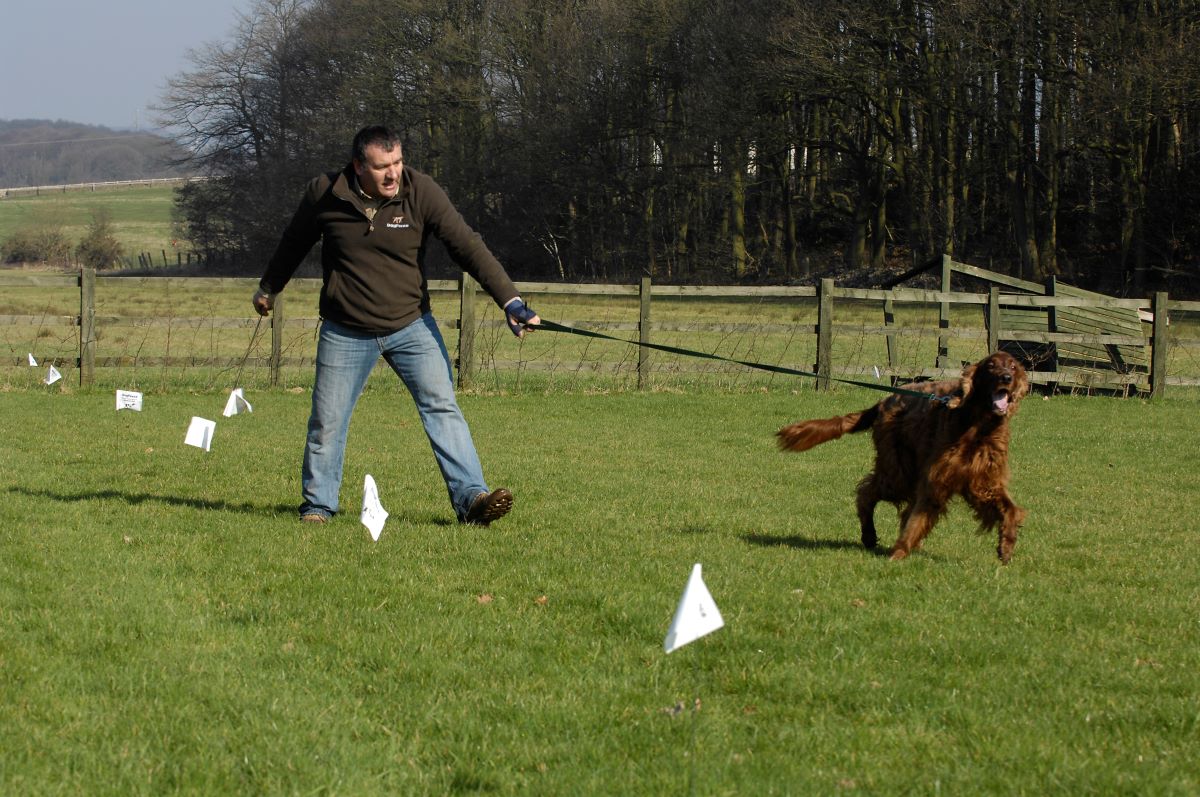
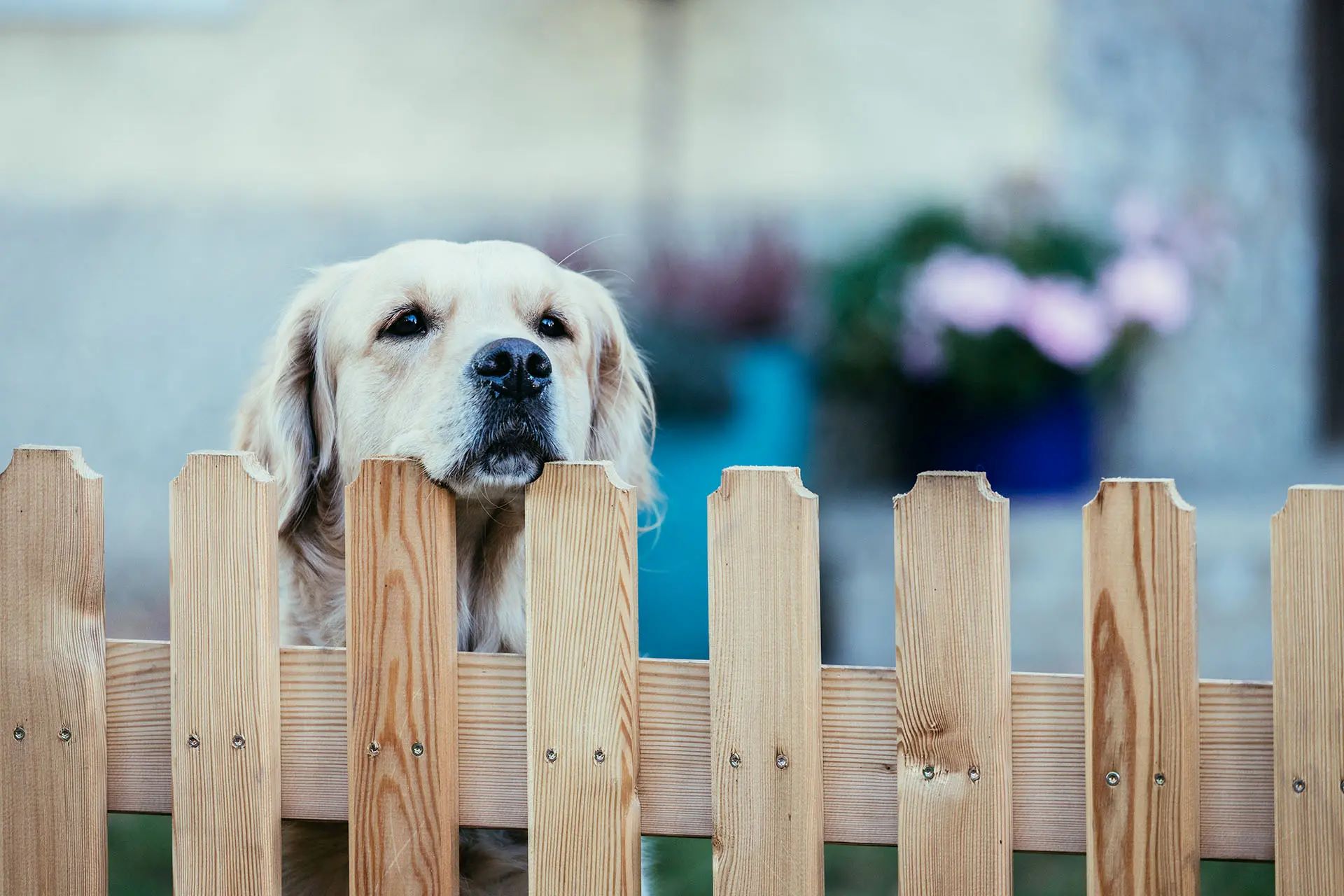
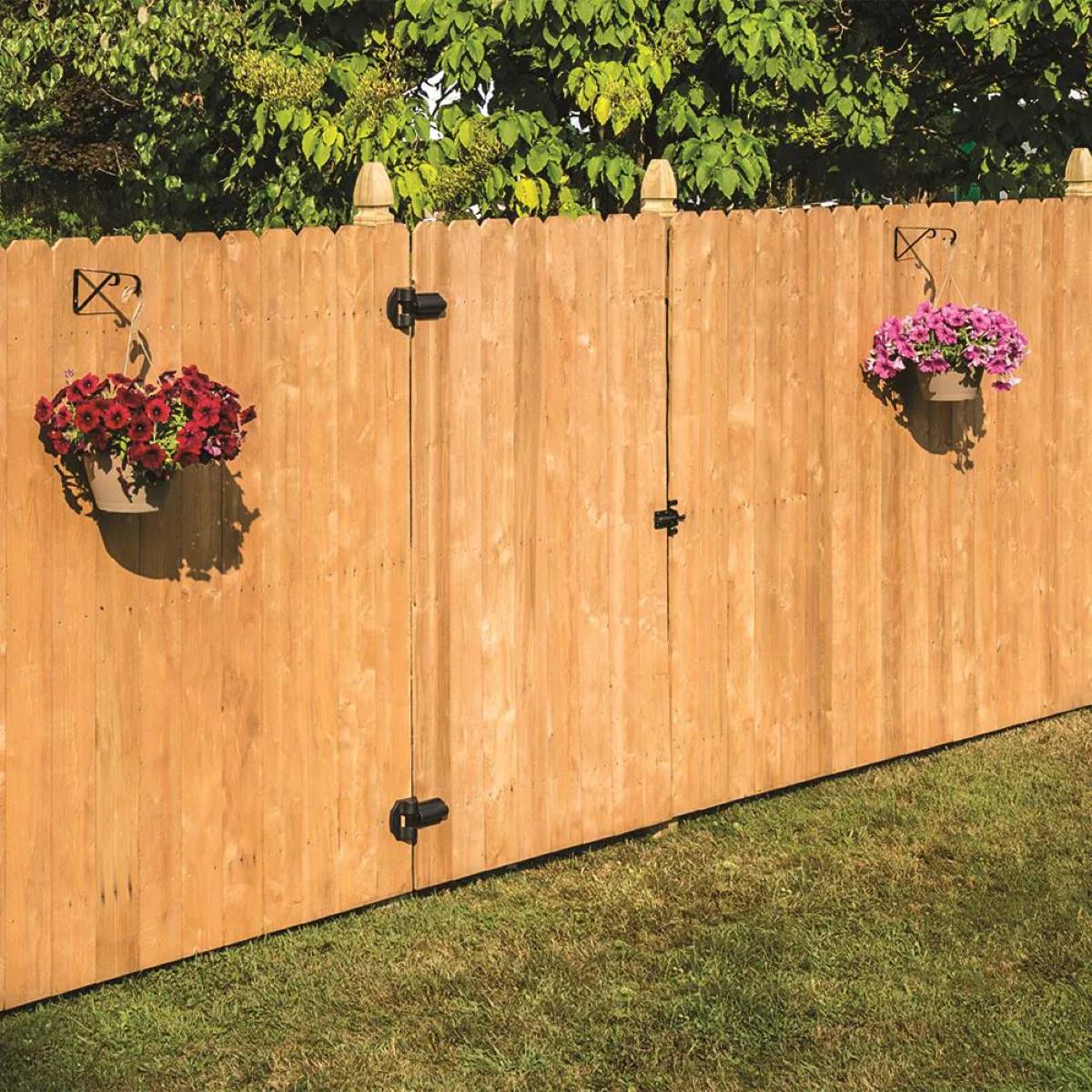
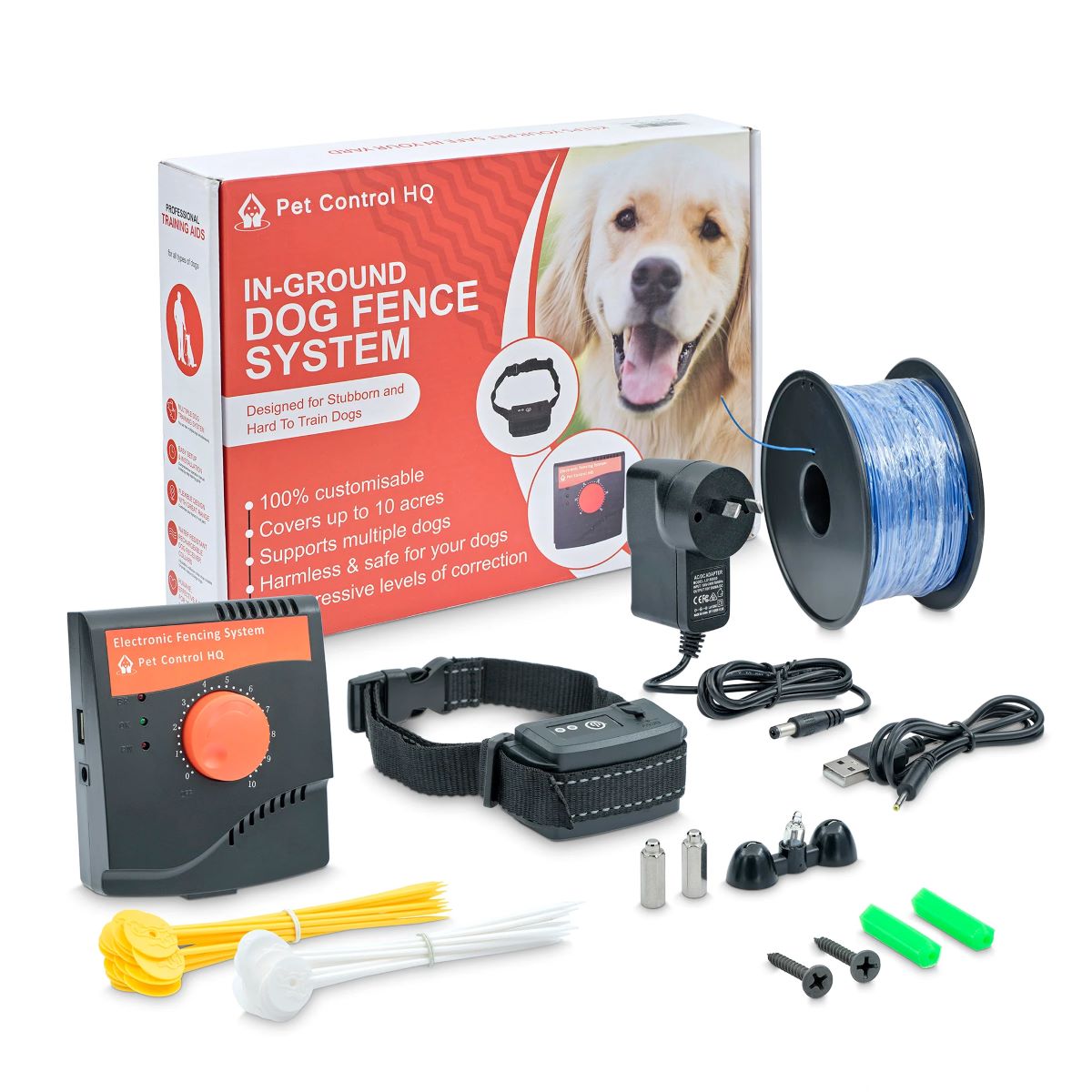
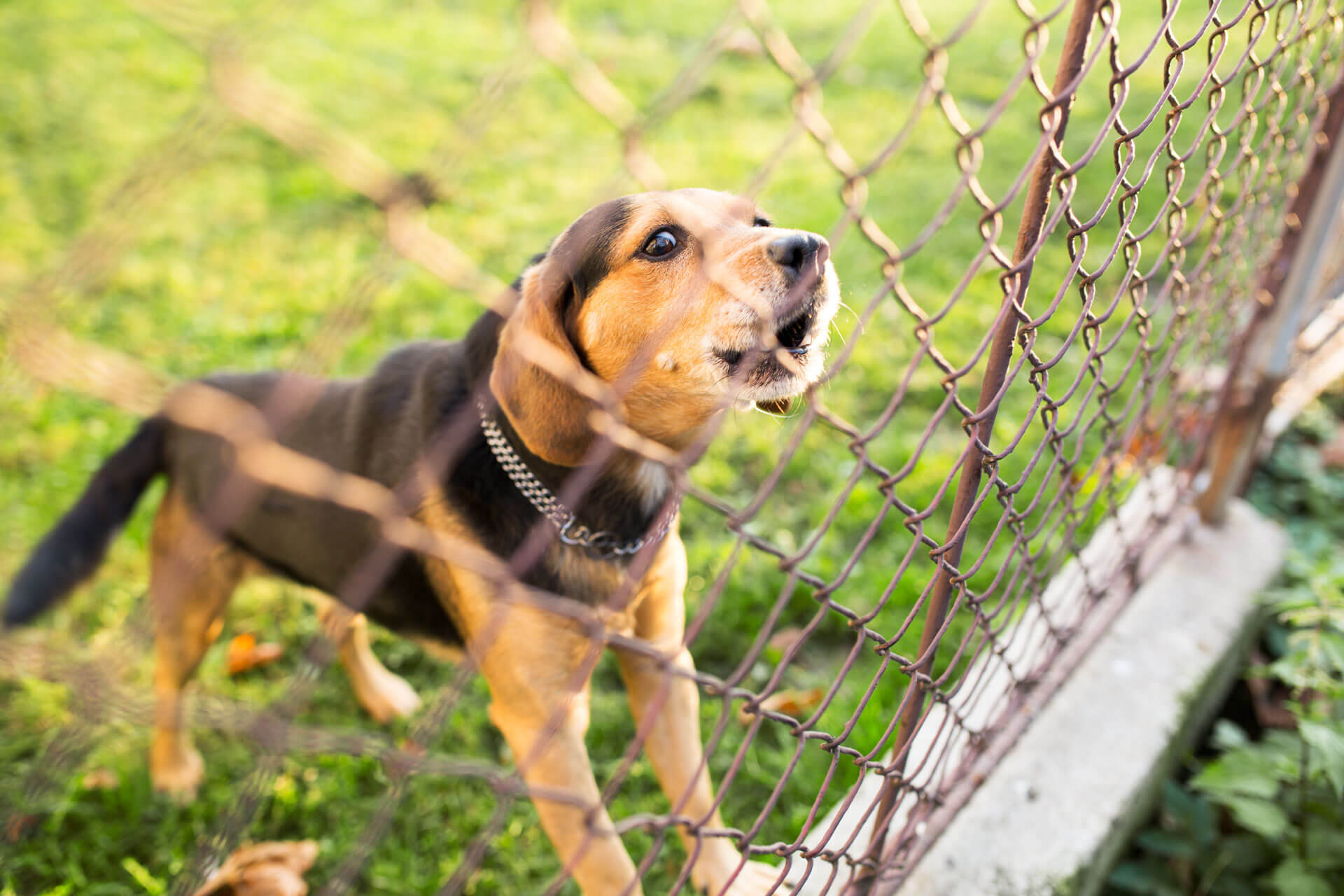

0 thoughts on “How To Make A Fence Taller For Dogs”